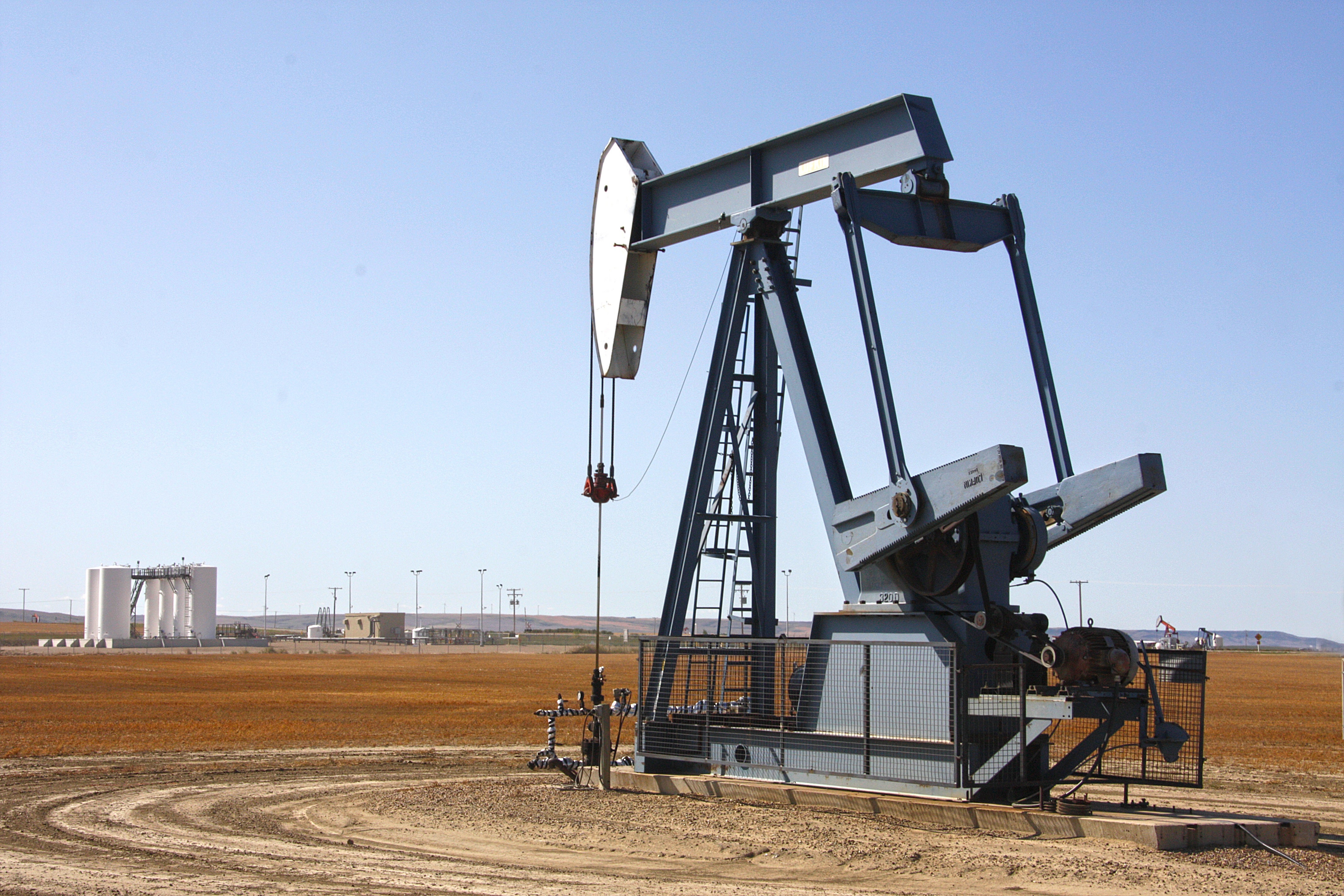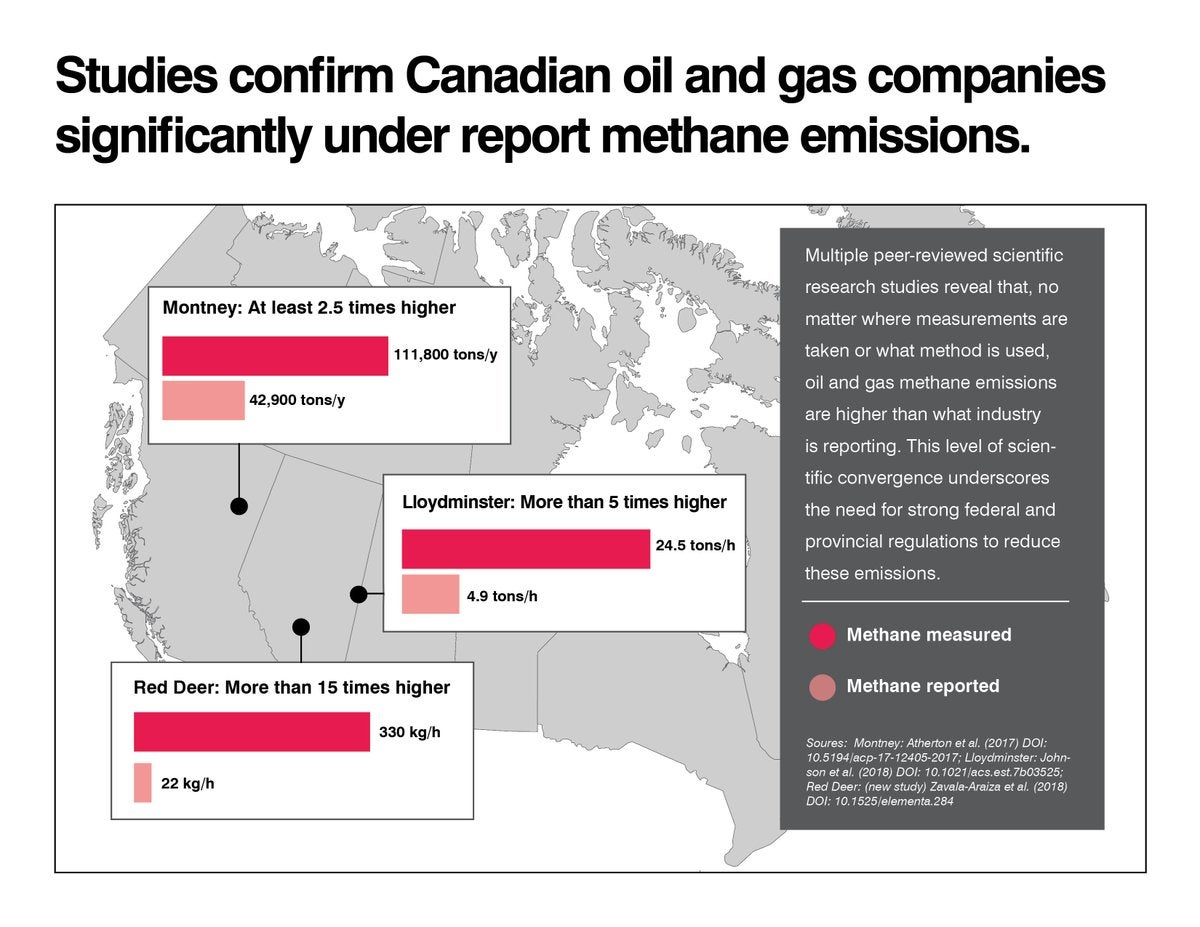Canada adopts historic methane rules. Alberta may undercut them.
 Last night, Canada finalized new national regulations on methane emissions from the oil and gas industry, its largest methane polluter. The rules are among the most comprehensive in the world, putting Canada on a clear path toward its 40 to 45 percent methane reduction goal, and delivering on a critical element of the Canadian climate plan.
Last night, Canada finalized new national regulations on methane emissions from the oil and gas industry, its largest methane polluter. The rules are among the most comprehensive in the world, putting Canada on a clear path toward its 40 to 45 percent methane reduction goal, and delivering on a critical element of the Canadian climate plan.
By finalizing regulations on methane, Canada continues its international climate leadership and is implementing policies to help achieve its Paris commitment. Further, this action places Canada as another example of the momentum building to reduce oil and gas methane emissions – one of the cheapest and most impactful things we can do now to slow the rate of warming.
But not long before the federal regulations dropped, the provincial government of Alberta unveiled its own draft methane rules. Canadian law allows provincial regulations to replace national rules, so long as they provide an equal or better level of protection. Our initial analysis of the Alberta regulations show that they do not achieve an equivalent level of reductions.
While the final federal regulations deserve recognition, the real test now will be whether the federal government remains firm and ensures that their regulations are not undermined by weaker Alberta regulations.
True vs. False Equivalency
The gap between the federal regulations and the draft Alberta regulations is enormous.
First, the Alberta regulations establish venting limits that are much higher than the allowable venting limits under the federal regulations — either2.4 or 12 times higher, depending on the type of facility.
Second, the federal regulations require industry to look for these leaks three times a year, while most sites in Alberta only have to do this once. That’s a critical difference, because studies confirm that much of Alberta’s oil and gas emissions come from large but intermittent sources that are missed by annual inspections.
Third, the federal regulations were designed to compensate for underreported emissions, but Alberta’s are not. And recent studies prove that oil and gas methane emissions are underreported by as much as 50 percent in Alberta.
Finally, Alberta’s regulations are a sharp departure from what every other jurisdiction is doing to reduce oil and gas methane. For example, Alberta’s per-site emission limits cannot be enforced because current monitoring technology that would ensure continuous compliance with site limits is not yet available.
In essence, Alberta has given industry the ability to speed while taking away the radar guns from its traffic cops. On nearly every level, Alberta’s methane rules fall short of the federal rules.
And there’s plenty of reason for concern. Over the last six months, multiple studies (here, here and here) using multiple approaches in multiple parts of Western Canada all came to a startlingly similar conclusion: Actual measurements of methane emissions are much higher than what the oil and gas industry reports. (This is a trend uncovered in similar regions in the United States.)
No Time to Waste, and No More Room for Compromise
If nationwide regulations are to be effective in driving down Canada’s methane emissions to what we know is technically and economically feasible, it will be up to the federal government to ensure that the provinces meet the national standard they have set. Pushing back on Alberta’s false claim of equivalence will be the feds’ first test.
Economic analysis has demonstrated that reducing methane emissions from the oil and gas industry is among the quickest and most affordable climate strategies at our disposal. These reductions become even more cost-effective once the higher measured emissions are taken into account. And in fact, a 2017 report cited nearly 180 companies that can immediately help oil and gas operators comply with new regulations. Most of them expected to hire more staff under Canada’s methane regulations.
Canada’s Earned its Climate Leadership
The International Energy Agency said worldwide oil and gas methane emissions can be reduced 50 percent at no net cost, which would have the same climate benefit in 2100 as immediately closing all the coal plants in China. Companies like Shell, BP, Saudi Aramco, and Exxon Mobile have all recently announced plans to reduce their emissions.
That’s the future of the industry, and unless the feds stand strong, Alberta’s industry won’t be part of that future.
Canada has so far seized its opportunity to lead on methane. These regulations are a tangible and meaningful fulfillment of Mr. Trudeau’s methane pledge and demonstrate to leaders in other energy producing nations that a pro-energy nation can tackle the methane challenge head-on. Now he and Environment Minister Catherine McKenna need to ensure their leadership is not undermined by weaker regulations in Alberta and elsewhere.












